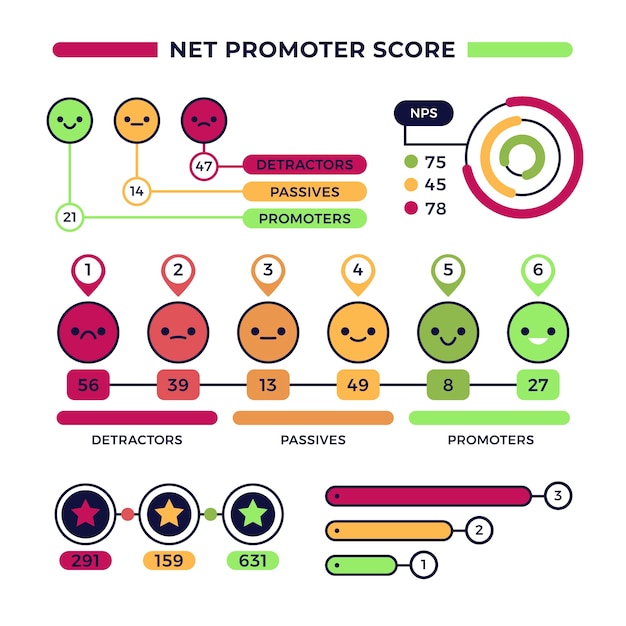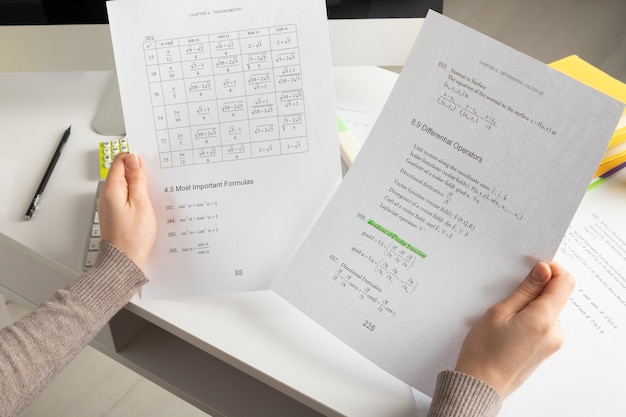
Telling time is an essential skill that we use in our everyday lives. Whether it’s for scheduling appointments, catching a train, or simply knowing when it’s time to eat, understanding how to read a clock helps us stay organized and punctual. In this article, we will explore the basics of telling time, from the different components of a clock to the various ways we can express time.
The Components of a Clock
Before we delve into the specifics of telling time, let’s familiarize ourselves with the components of a clock. A clock typically consists of two hands – the hour hand and the minute hand – and a numbered dial representing the hours.
The hour hand is shorter and moves at a slower pace, indicating the hour of the day. The minute hand, on the other hand, is longer and moves more quickly, showing the minutes that have passed since the start of the hour. Depending on the clock, there may also be a second hand that measures seconds.
Reading Analog Clocks
Analog clocks are the traditional type of clocks with hour and minute hands. To read an analog clock, follow these steps:
- Look at the hour hand and note the number it is pointing to.
- Observe the position of the minute hand and identify the minute marker it is closest to.
- Combine the hour and minute to determine the time. For example, if the hour hand is pointing to 3 and the minute hand is near the 6, the time is 3:30.
It’s important to note that some analog clocks use Roman numerals instead of regular numbers on the dial. In such cases, familiarize yourself with the correspondence between Roman numerals and their respective values.
Reading Digital Clocks
Digital clocks display time using numerical digits. To read a digital clock, simply observe the numbers displayed. The first two digits represent the hour, while the last two digits indicate the minutes.
For example, if a digital clock displays 08:45, it means it is 8:45 AM. If it shows 18:45, it represents 6:45 PM using the 24-hour format.
Expressing Time
When expressing time, we often use specific phrases to indicate different parts of the day. Here are some commonly used terms:
| Time | Phrase |
|---|---|
| 12:00 AM | Midnight |
| 12:00 PM | Noon |
| 12:01 AM – 11:59 AM | Morning |
| 12:01 PM – 5:59 PM | Afternoon |
| 6:00 PM – 8:59 PM | Evening |
| 9:00 PM – 11:59 PM | Night |
When stating the time, we typically use the phrases “AM” and “PM” to distinguish between morning and afternoon/evening. The 24-hour format eliminates the need for AM and PM, with hours ranging from 00 to 23.
Conclusion
Telling time allows us to manage our daily activities effectively. By understanding the components of a clock, reading analog and digital clocks, and expressing time using appropriate phrases, we can navigate our schedules with ease. Remember to practice regularly to enhance your time-telling skills, and never be late for another important event!




